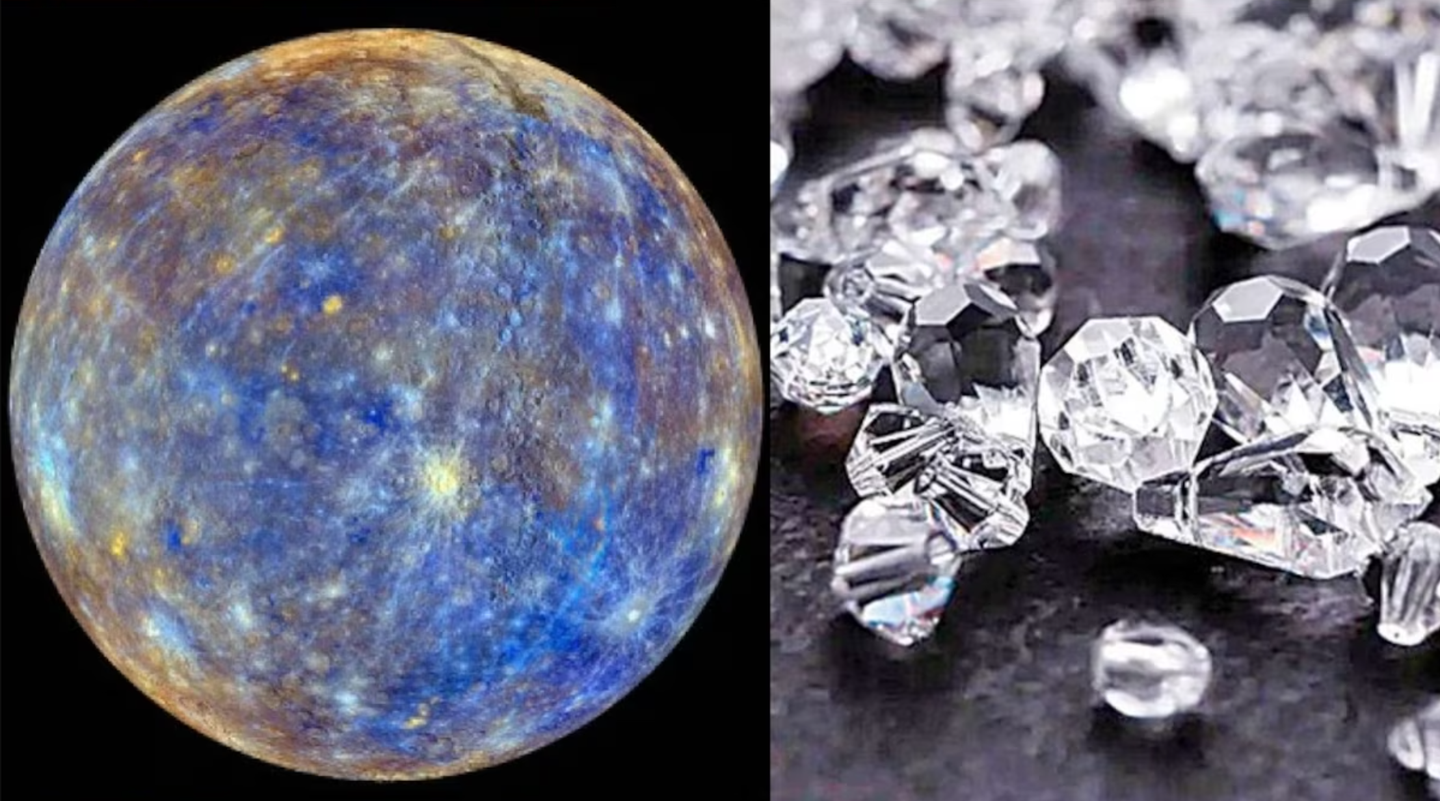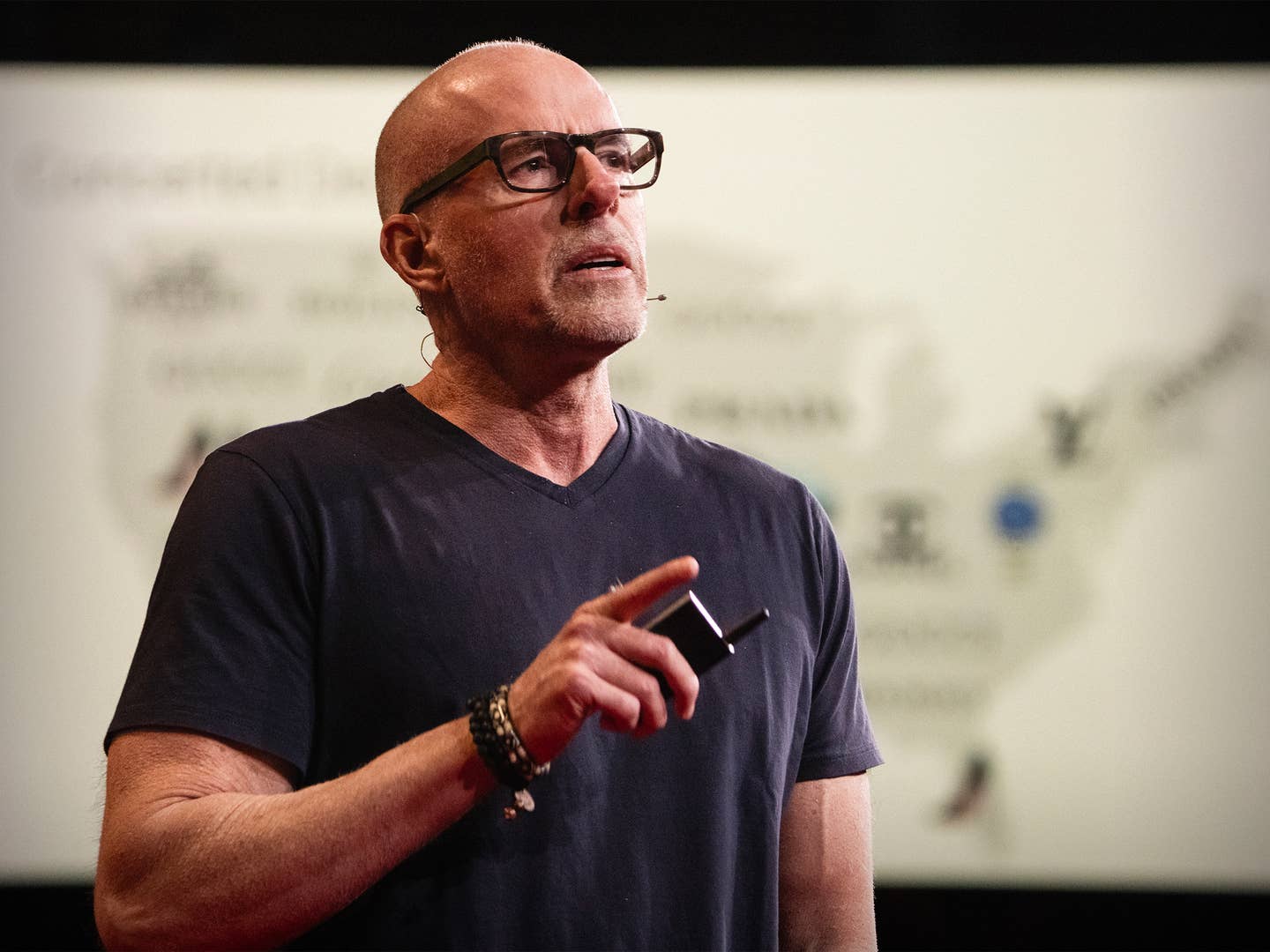Breakthrough brain study uncovers four different types of Autism
Study shows that people with autism spectrum disorder can be classified into 4 distinct subtypes based on their brain activity and behavior

[May 13, 2023: Staff Writer, The Brighter Side of News]
Autism is a highly heritable condition associated with hundreds of genes that has diverse presentations and limited therapeutic options. (CREDIT: Getty Images)
A recent study from Weill Cornell Medicine has shown that people with autism spectrum disorder (ASD) can be classified into four distinct subtypes based on their brain activity and behavior.
The research, which was published in Nature Neuroscience, used machine learning to analyze neuroimaging data from 299 people with autism and 907 neurotypical people to identify the different patterns of brain connections and behavioral traits that existed among the autism subgroups.
The study’s lead author, Dr. Amanda Buch, explained that autism is a highly heritable condition associated with hundreds of genes that has diverse presentations and limited therapeutic options. To investigate this, Dr. Buch pioneered new analyses for integrating neuroimaging data with gene expression data and proteomics, introducing them to the lab and enabling the testing and development of hypotheses about how risk variants interact in the autism subgroups.
Dr. Conor Liston, co-senior author of the study and an associate professor of psychiatry and of neuroscience in the Feil Family Brain and Mind Research Institute at Weill Cornell Medicine, said that individuals with autism spectrum disorder experience many different types of difficulties with social interaction, communication, and repetitive behaviors.
Related Stories
He added that there is no consensus on how to define them, and this is where the study can help. He explained that the research highlights a new approach to discovering subtypes of autism that might one day lead to new approaches for diagnosis and treatment.
A previous study by Dr. Liston and colleagues in Nature Medicine in 2017 used similar machine-learning methods to identify four biologically distinct subtypes of depression, and subsequent work has shown that those subgroups respond differently to various depression therapies.
Until recently, there were not large enough collections of functional magnetic resonance imaging data of people with autism to conduct large-scale machine learning studies, said Dr. Buch. But a large dataset created and shared by Dr. Adriana Di Martino, research director of the Autism Center at the Child Mind Institute, as well as other colleagues across the country, provided the large dataset needed for the study.
The connections between the parts of the brain that process visual information and help the brain identify the most salient incoming information. (CREDIT: Creative Commons)
The advances in machine learning allowed the team to identify four clinically distinct groups of people with autism. Two of the groups had above-average verbal intelligence. One group also had severe deficits in social communication but fewer repetitive behaviors, while the other had more repetitive behaviors and less social impairment.
The connections between the parts of the brain that process visual information and help the brain identify the most salient incoming information were hyperactive in the subgroup with more social impairment. These same connections were weak in the group with more repetitive behaviors.
The other two groups had severe social impairments and repetitive behaviors but had verbal abilities at the opposite ends of the spectrum. Despite some behavioral similarities, the investigators discovered completely distinct brain connection patterns in these two subgroups.
Functional connectivity correlates of autism spectrum disorder symptoms. (CREDIT: Nature Neuroscience)
The team analyzed gene expression that explained the atypical brain connections present in each subgroup to better understand what was causing the differences and found many were genes previously linked with autism. They also analyzed network interactions between proteins associated with the atypical brain connections and looked for proteins that might serve as a hub.
Oxytocin, a protein previously linked with positive social interactions, was a hub protein in the subgroup of individuals with more social impairment but relatively limited repetitive behaviors. Studies have looked at the use of intranasal oxytocin as a therapy for people with autism with mixed results, Dr. Buch said. She said it would be interesting to test whether oxytocin therapy is more effective in this subgroup.
Approach towards testing common pathway versus multiple pathways explanations behind SC-RRB balance in autism. (CREDIT: Nature Neuroscience)
The team confirmed their results on a second human dataset, finding the same four subgroups. As a final verification of the team’s results, Dr. Buch conducted an unbiased text-mining analysis she developed of biomedical literature that showed other studies had independently connected the autism-linked genes with the same behavioral traits associated with the subgroups.
Dr. Logan Grosenick, an assistant professor of neuroscience in psychiatry at Weill Cornell Medicine, who co-led the study, said that this research could lead to personalized therapies for people with autism. He said, "One of the reasons that it's so difficult to develop therapies for autism is that there's so much variability in the population. But if we can identify these subgroups, we might be able to develop targeted treatments for specific subgroups, rather than a one-size-fits-all approach."
Autism spectrum disorder subgroups have distinct atypical connectivity patterns in dimension-related RSFC features. (CREDIT: Nature Neuroscience)
Dr. Conor Liston, another co-senior author of the study, said that the findings could also help improve diagnosis of autism. He said, "Right now, the diagnostic criteria for autism are broad, and they apply to a large and phenotypically diverse group of people. If we can identify these subtypes, we might be able to refine the diagnostic criteria and improve the accuracy of diagnosis."
The study has already generated excitement among autism researchers and advocates. Dr. Kevin Pelphrey, director of the Autism and Neurodevelopmental Disorders Institute at George Washington University, called the study "groundbreaking." He said, "This is a major step forward in our understanding of autism. If we can identify these subtypes and understand the underlying biology, we can start to develop targeted therapies for specific subgroups."
Autism advocates also welcomed the study's findings. Ari Ne'eman, co-founder of the Autistic Self Advocacy Network, said, "This study represents a significant advance in our understanding of autism. It shows that autism is not a monolithic condition, but rather a collection of different subtypes with different underlying biology. This could help us move away from the idea of a 'cure' for autism and towards a more nuanced understanding of the condition."
The study's authors stressed that more research is needed to confirm their findings and to develop targeted treatments for the different subgroups. They said that they plan to conduct further studies in mice to explore the underlying biology of the different subtypes and to test potential therapies.
The study was funded by the National Institutes of Health and the Simons Foundation Autism Research Initiative. The researchers used data from the Autism Brain Imaging Data Exchange, a publicly available dataset of neuroimaging data from people with autism and neurotypical controls. The dataset was created by researchers at 17 institutions in the US, Europe, and Australia.
The study's authors also thanked the participants and their families for their contributions to the research. Dr. Liston said, "We are incredibly grateful to the families who participated in this study. Without their generosity and willingness to help advance our understanding of autism, this research would not have been possible."
Overall, the study represents a major advance in our understanding of autism. By identifying distinct subtypes of the condition and understanding the underlying biology, researchers may be able to develop more effective therapies for people with autism and improve the accuracy of diagnosis. The study's authors are optimistic that their findings will lead to a new era of personalized medicine for people with autism.
Note: Materials provided above by The Brighter Side of News. Content may be edited for style and length.
Like these kind of feel good stories? Get the Brighter Side of News' newsletter.



